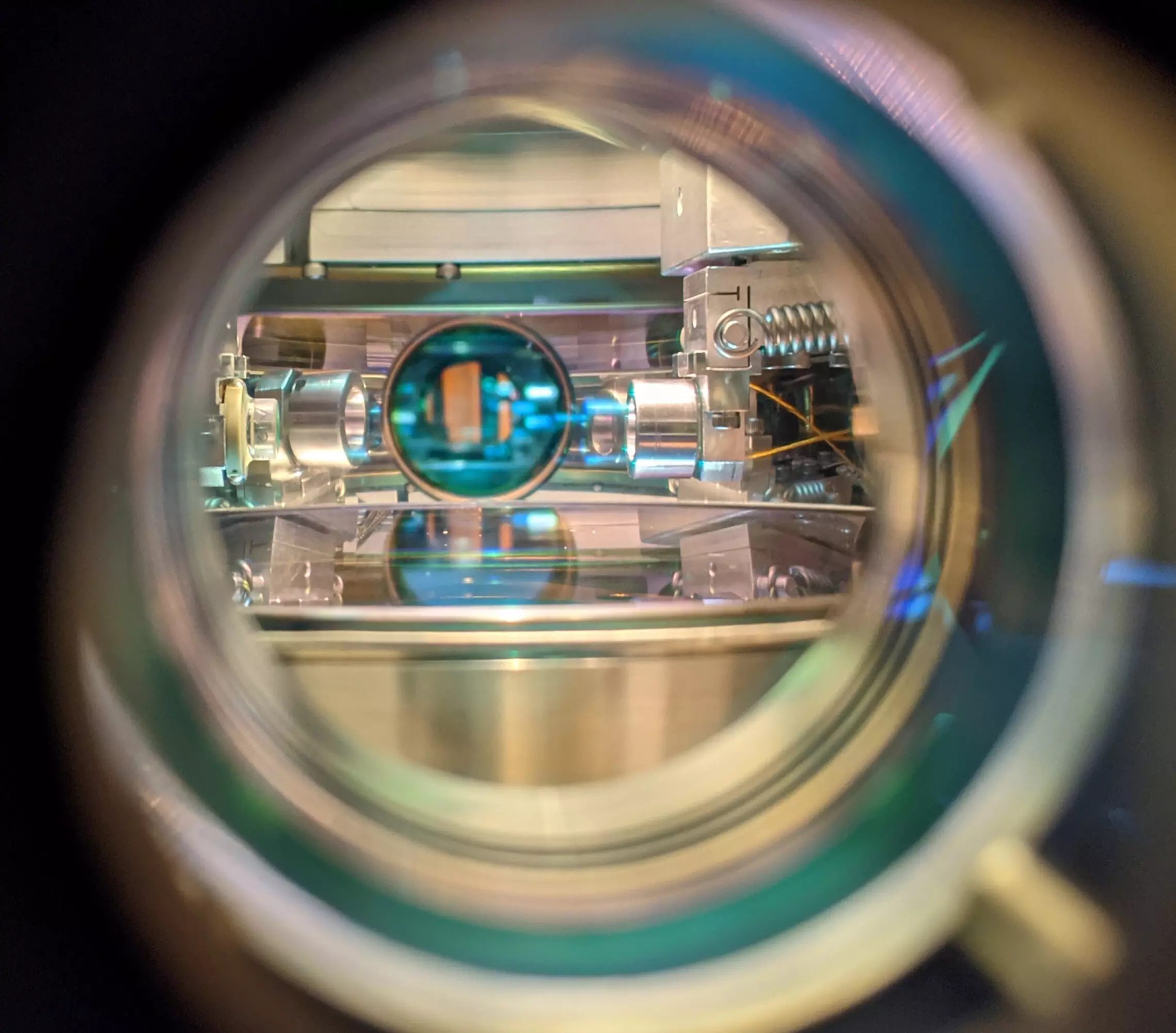In recent years, the focus of physics studies has shifted towards exploring the properties of graph states, a class of entangled quantum states that can be represented by graphs. These states have captured the attention of researchers due to their unique characteristics that could revolutionize the field of quantum computing and other quantum technologies.
Generating graph states for arbitrary graphs presents a significant challenge, as it requires a high degree of control over the interactions that create entanglement. Researchers at Stanford University and the SLAC National Accelerator Laboratory have made strides in this area by demonstrating the generation of continuous-variable graph states of atomic spin ensembles. This breakthrough opens up new possibilities for utilizing these states in the development of quantum computing and metrology systems.
Scalability and Programmability
For quantum technologies to be viable in real-world applications, they need to be scalable and easily programmable. This means that they should be capable of sustaining entanglement among multiple atoms and providing researchers with the ability to control the correlations within the system. The recent study by Monika Schleier-Smith and her team aimed to develop a method that meets these criteria, utilizing laser technology to manipulate entanglement between atoms in multiple subsystems.
Experimental Approach
The researchers employed optical tweezers to position four clouds of atoms between mirrors, forming an optical resonator. This setup allowed photons to travel back and forth between the mirrors, facilitating the discreet sharing of information between the atom clouds and enabling them to become entangled. By utilizing this experimental method, the team successfully engineered a four-mode square graph state, showcasing the potential scalability and efficiency of their approach.
Global Interactions vs. Local Control
Schleier-Smith highlighted that a broad class of entangled states can be prepared using global interactions, akin to broadcasting a message to everyone in a social network, coupled with local control of individual nodes. This finding challenges the notion that independent control of interactions between every pair of nodes is necessary for structuring quantum correlations. By leveraging global interactions and local control, the researchers were able to achieve remarkable results in generating complex graph states.
The utilization of graph states holds tremendous promise for advancing quantum computing and metrology. These states could be instrumental in various applications, such as quantum error correction and quantum-enhanced sensing. Schleier-Smith envisions applications in quantum-enhanced sensing and imaging, where optimized quantum states could recognize specific spatial patterns in magnetic or optical fields. Looking ahead, the team aims to extend their method to arrays of individually trapped atoms, serving as qubits for quantum computation.
The research conducted by Schleier-Smith and her colleagues represents a significant step towards harnessing the potential of graph states for quantum technologies. As the field of quantum computing continues to evolve, the development of scalable and programmable methods for generating complex entangled states will play a crucial role in realizing the full capabilities of quantum systems.



Leave a Reply